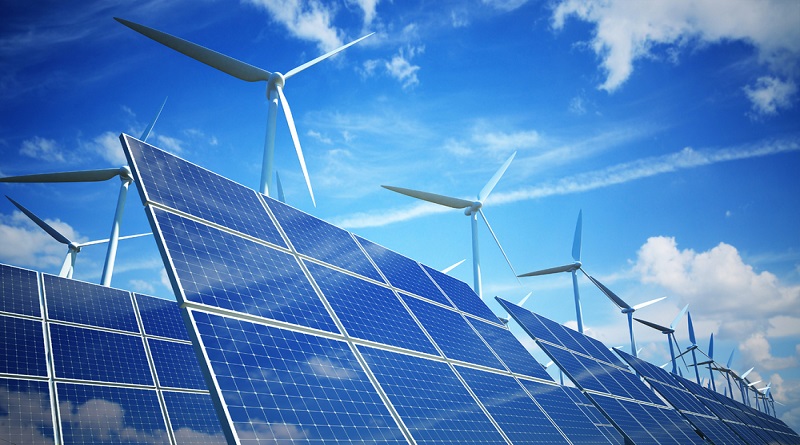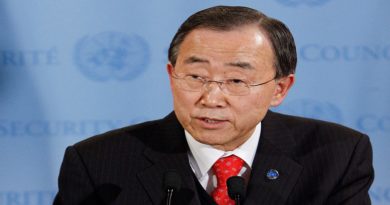WMO-WTO report shows opportunities to unlock trade in renewable electricity
A new report published by the World Meteorological Organization and the World Trade Organization points to the role that trade can play to help supply meet demand for electricity from renewable sources.
The publication, “Supporting the Renewable Electricity Transition through Trade: Unlocking Re-Globalization Opportunities via Interconnection,” notes that cross-border electricity trade is well below its potential for providing the renewable energy needed to help countries meet Paris Agreement climate targets. Less than 3% of electricity generated worldwide is traded across borders, with a relatively low value of some US$ 132 billion in 2023 according to UN Comtrade statistics. There is tremendous scope for growth as cross-border renewable electricity trade can reduce the overall cost of the net zero energy transition, the report states.
“The sun shines, the wind blows and water flows, but not in the same places or at the same times across the globe,” WMO Secretary General Celeste Saulo and WTO Director-General Ngozi Okonjo-Iweala say in the report’s foreword. “Cross-border trade in renewable electricity can help even out spatial and temporal mismatches in energy supply and demand. It has a key role to play in making national power grids operate efficiently while ensuring security of supply.”
Just as shipping lanes, air corridors, highways and internet cable networks facilitate the movement of goods and services in the global economy, cross-border electricity interconnector cables offer a mechanism to get renewable electricity from where it is abundant to where it is needed.
However, new interconnection projects can take 10 to 15 years to plan, obtain permissions and complete. Unlocking opportunities in cross-border renewable electricity trade requires action to ensure better access to finance, to address delays in the delivery of critical components through supply chains, and to improve the transparency of project approval processes.
Infographic titled “Plug into the Power of Re-Globalization” discussing trade benefits from renewable electricity, problems, solutions, and re-globalization opportunities with statistical data.
The joint report examines the rationale behind trading electricity across borders by looking at how solar, wind and water endowments differ between various regions. By tapping into the comparative advantage of some countries in electricity generation, trade can help bring down the overall costs of the transition to low-carbon energy and create opportunities for developing economies to participate more fully in global trade.
Various WTO agreements and bodies can help to address frictions and inefficiencies that delay or stall the roll-out of interconnector projects. New disciplines or cooperative approaches that WTO members are pursuing could be helpful to attract finance for capital-intensive renewable energy investments and liberalize trade in related environmental goods and services.
Several least-developed countries are already exporters of renewable electricity, the report notes. Expanding the network of overland and undersea cables that connect national electricity grids would offer new trade opportunities and thus contribute to re-globalization opportunities.
The report points to the network of more than 1.4 million kilometres of submarine telecommunications cables that currently underpin the internet as a point of comparison for what could be achievable in terms of building a global electricity grid infrastructure.




